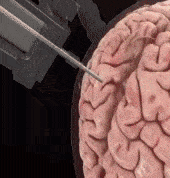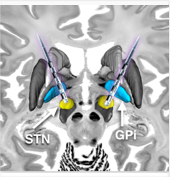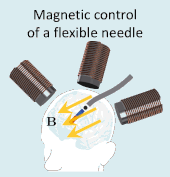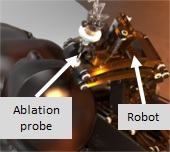Computer Assisted Planning for Curved Laser Interstitial Thermal Therapy
https://www.embs.org/tbme/wp-content/uploads/sites/19/2021/09/TBME-01652-2020-Highlight-Image.gif
170
178
IEEE Transactions on Biomedical Engineering (TBME)
//www.embs.org/tbme/wp-content/uploads/sites/19/2022/06/ieee-tbme-logo2x.png
We present a detailed retrospective study on clinical epilepsy patient data, showing the potential advantage of following a curved path in the brain for both insertion and ablation purposes. Curved trajectories that follow the contours of given anatomy, as the amygdala-hippocampal complex (AHC) in the case of refractory epilepsy, were associated with a statistically significant improvement compared to their straight counterpart. Benefits were measured in terms of several quantitative metrics including percentage coverage of the ablation region and a published risk score to quantify, among other aspects, the safe distance between the ablation trajectory and critical brain regions.
read more




